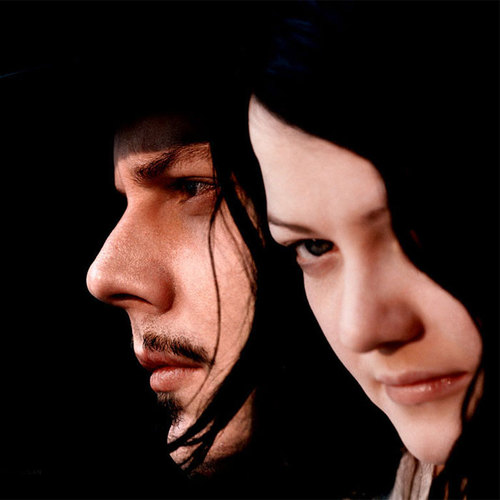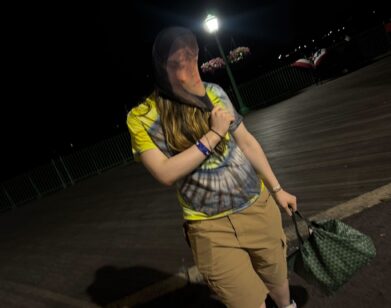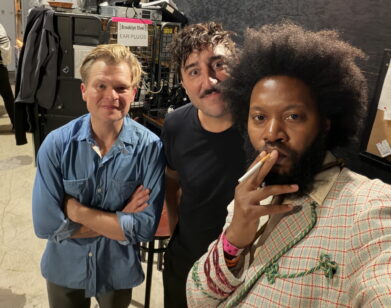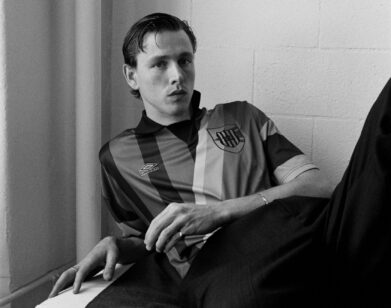Docudrama: The White Stripes Reluctantly Take the Stage

The last scene in Under Great White Northern Lights, Emmett Malloy’s tenderly edited documentary on the White Stripes’ 2007 tour of Canada, is one that seems to have thoroughly consumed reviewers, for better or for worse. In an empty hall in Nova Scotia, after the White Stripes official tenth anniversary show, Jack plays piano and sings “White Moon,” his ode to Rita Hayworth. Next to him, Meg nods along, eventually coming to tears. At the song’s close, Jack reaches over and wraps Meg with a hug, murmuring and rubbing her arm as she cries.
Watching this last night at a screening in Williamsburg (it debuted this past Fall at the Toronto Film Festival), this viewer couldn’t help but reading back into the film for hints of melancholia and road-weariness—especially knowing that, shortly after the Canadian tour, the band would cancel its U.S. leg because of Meg’s anxiety. While Jack seems to have kept busy playing with his other bands and making guitar geek documentaries, all’s been more or less quiet on the White Stripes front since then.
It’s over an hour of sweaty, stripped-down bombast, recorded as the Stripes played conventional and not-so-conventional venues, including a flour mill and a slowly moving boat. The documentary is first a raucous rock film, documenting Meg and Jack as they play the scorchers and country-flecked ditties of the White Stripes canon (“Seven Nation Army,” “Fell In Love With a Girl,” “Blue Orchid,” “We Are Going To Be Friends”) and the covers they’ve made their own (their version of “Jolene” has become that to which all others must be measured, save for Dolly Parton’s original. Even there, it’s a close call). In between performances, Malloy films the ex-husband–ex-wife “siblings” eating raw caribou with tribal elders, bowling and discussing their music.
But, at its core, Under Great White Northern Lights is a study of two people who have been partners, musically and otherwise, for ten years, and the way they work together on- and off-stage. What we see in the film isn’t always comfortable. For one, anything Meg says is accompanied by subtitles, a filmic decision that makes sense when she’s inaudible (Jack teases her for her quietness on-camera), but often seems gratuitous. Similarly, Jack’s speech on forcing himself and the band to record even when they’re “tired of working in the same box” appears colored more by a tired frustration than discipline.
Malloy’s decision to shoot in mostly black and white (with some red) suggests the gimmick of the band’s overwhleming trademark, but was a smart one aesthetically. That the film is limited in color, sometimes grainy and often softly blurred, also allows the viewer to focus less on the visual makeup of the White Stripes and think about the greater questions about the band and its music instead. And that Malloy, who has previously directed music videos for the pair, was able—and allowed—to capture on camera the moment that makes up the final scene speaks to his deftness as a storyteller and his own relationship with the fiercely private Whites.
UNDER GREAT WHITE NORTHERN LIGHTS GOES ON SALE TOMORROW.






